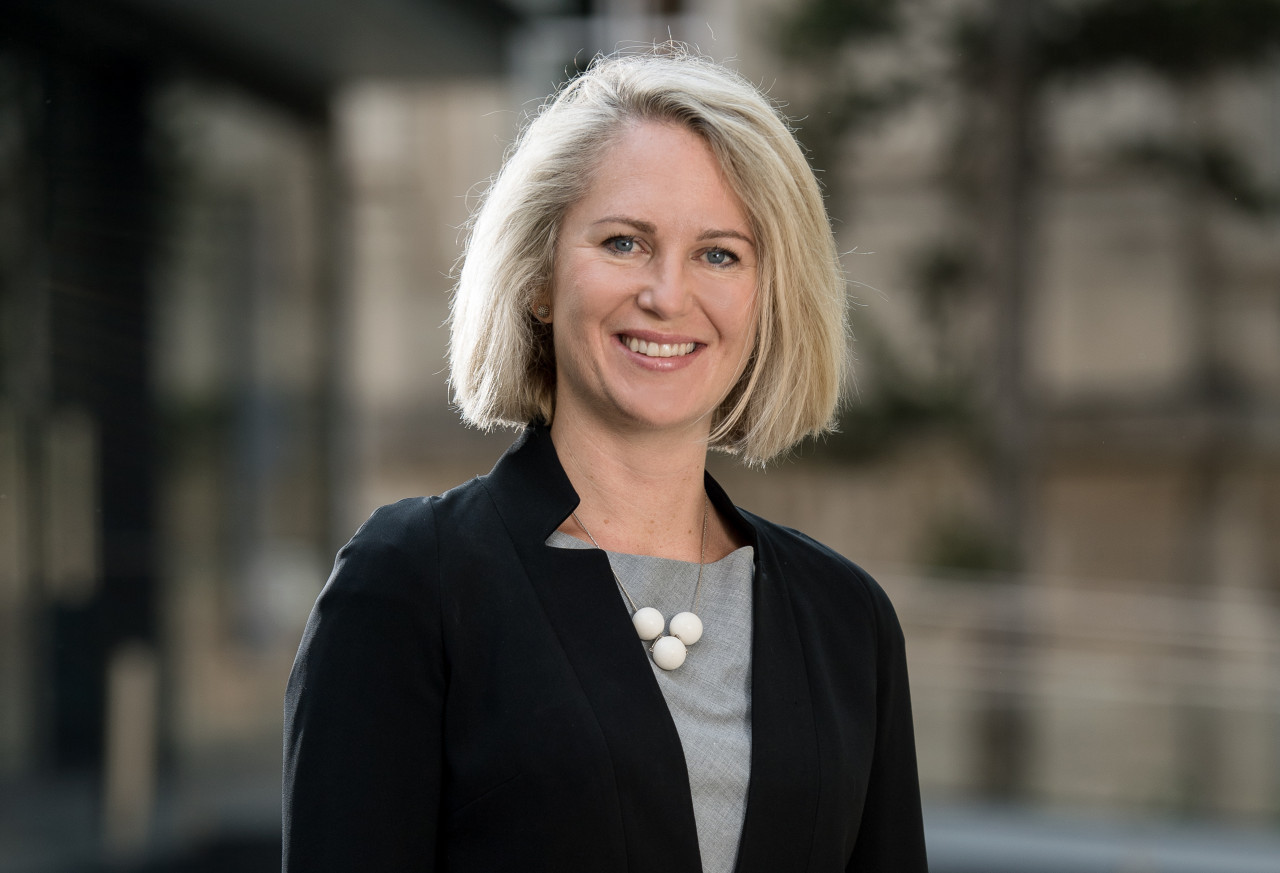A study by Esade’s Center for Social Impact sheds light on the issue of transparency and best practices in impact management and measurement (IMM) governance, guiding impact funds towards the adoption of structures that suit their individual needs

In brief
- Lack of transparency and best practice in relation to IMM governance is still prevalent across the sector
- Three governance models for IMM were identified, linked to fund size and in-house capabilities
- The report addresses key questions including how to allocate the IMM responsibility across the fund, make investment decisions and involve LPs in the fund’s life
Impact investing funds have grown in size and in their impact measurement and management (IMM) capabilities over recent years. However, there is still a lack of transparency and best practice when it comes to governance of IMM, according to the latest report by Esade’s Center for Social Impact.

Speaking to Impact Investor, Lisa Hehenberger, director of the Esade Center for Social Impact and one of the report’s authors, says there has been a growing interest in how to adopt a governance structure in impact funds.
“I have been getting a lot of questions from impact funds related to the governance of impact measurement and management, asking questions such as ‘do we need to have a person responsible for IMM in the fund or should the responsibility be shared across the team?’” she says.
“These questions have been coming, not just from those managers setting up a fund for the first time, but also from fund managers who already have private equity or venture capital experience but want to integrate impact and are asking themselves, how should we actually do this?”
She explains that as the impact sector has matured, the growing interest from institutional investors and governmental bodies has also been accompanied by greater scrutiny of the governance structures in place.
“There are greater requirements in terms of transparency, and making sure that impact is increasingly objective and verifiable means that governance has become a lot more important,” she adds.
Different IMM models
The report aims to address key questions including how to allocate the IMM responsibility across the fund, make investment decisions and involve LPs in the fund’s life, among others.
Esade’s study, based on desk research and interviews with eight leading impact investing funds in Europe, detected three main IMM governance models, illustrated by case studies of impact investors Bridges Fund Management, Phitrust Partneaires and Rubio Impact Ventures.
Hehenberger says the team chose funds from the pool invested in by the European Investment Fund’s Social Impact Accelerator (SIA), which operates as a fund of funds investing in pioneering impact funds in Europe. “We purposefully chose to contact those funds because we knew they would represent some of the best-in-class in impact governance, and since they had all adopted an impact carry,” she explains. “But when we started doing the interviews, we quickly realised that there were lots of different approaches to governance.”
“The sector today is struggling with questions around impact integrity, impact washing and knowing how we can actually show that we are serious about impact. What this report does, is to give examples of ways of doing that.”
Lisa Hehenberger, Esade
The study identifies three IMM governance models being used by impact funds, depending on their size and capabilities.
Under the ‘management-driven model’, represented by Bridges Fund Management, the IMM manager is supporting the investment team as an additional resource, to help them structure and carry out their impact targets. As these players are usually rather large, with various funds and sectors, the IMM team also serves to oversee and harmonise IMM frameworks across the entity.
Impact funds using a ‘investor-driven model‘, are usually smaller and have more restricted resources with impact and ESG responsibilities spread across the investment team. An example of an impact investor using this model is Phitrust Partenaires.
Finally, funds that are between the two previous examples in terms of size, tend to use a ‘mixed model’ where impact and ESG responsibilities are spread across the investment team, although there are usually members of the team taking the lead. Rubio Impact Ventures is an example of a firm using such model.
Recommendations
The report makes a series of recommendations related to governance and the investment process, including the importance of appointing ‘impact champions’ focused on improving the fund’s IMM practices, and considering impact assessment as an intrinsic part of the investment process.
When it comes to IMM, there is no ‘one-size-fits-all’ approach, the research concludes, highlighting the importance of picking a model that really fits each fund’s unique resources and profile.
“A model allows you to conceptualise things and these models have helped us to make sense of the data and find commonalities but they are not prescriptive. The important thing to take from these recommendations, is that the governance should be clear, transparent and that there should be a person responsible for impact at each fund, whether that responsibility is shared is up to each fund manager and, really depends on the resources that they have.”
Hehenberger says she hopes the report will help investors understand the importance of integrating IMM governance into the fund structure, and push the topic of governance higher up the agenda.
“The sector today is struggling with questions around impact integrity, impact washing and knowing how we can actually show that we are serious about impact. What this report does, is to give examples of ways of doing that,” she says.





